Today, 2 May, marks the 500 years since Leonardo da Vinci’s death in France’s Loire Valley in 1519. He arrived in France by invitation of François I in 1517, when the Renaissance art movement was at its heights in Italy.
So, today is the official launch of Viva da Vinci 2019, a celebration of all things Renaissance but most importantly Leonardo da Vinci.
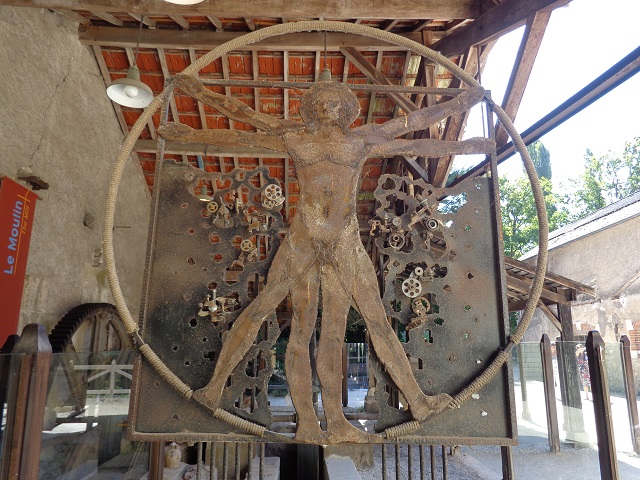
Da Vinci’s arrival had a lot of influences in French architecture, and because the King was particularly fond of da Vinci and saw him as a father figure, many of the Chateaux in the region had elements of Italian Renaissance and da Vinci’s designs added to them. At the time, it was considered the beginning of the Renaissance period arriving in France, so this year, the Loire Valley is celebrating a few things: 500 years since Leonardo da Vinci’s death; 500 years since the first stone was laid for the construction of Chateau Chambord, which was François I’s flagship building project at the time; and across the borders in Florence, it is the 500th birth year of Catherine de’ Medici, who became queen to François’ son Henri II.
So you could say, if you ever wanted to visit the Loire Valley, this is the year to visit.
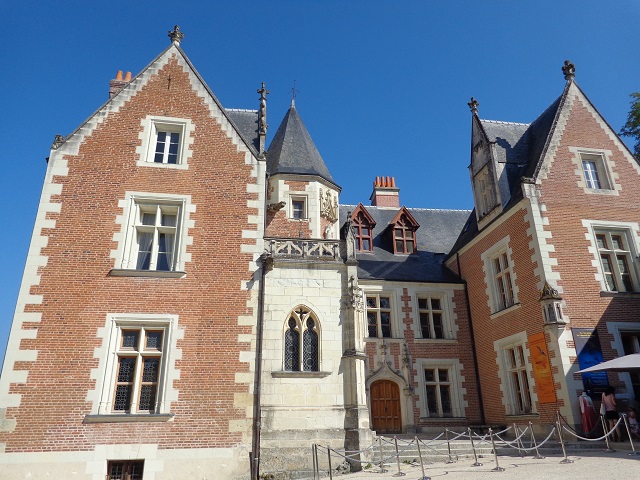
Chateau de Clos Luce: Leonardo da Vinci’s residence in France
On arrival in France, Leonardo was offered residence in Chateau du Clos Luce, just down the road from the Royal Chateau of Ambroise.
At this ‘humble’ residence, da Vinci worked away at his drawings, inventions and paintings. Visiting each room of the Chateau is a peek into his life here at the Chateau, including the little chapel he used to pray in. Up stairs, his bedroom is neatly made in the style of the era, and this is also where he took his last breath and died on 2 May 1519.
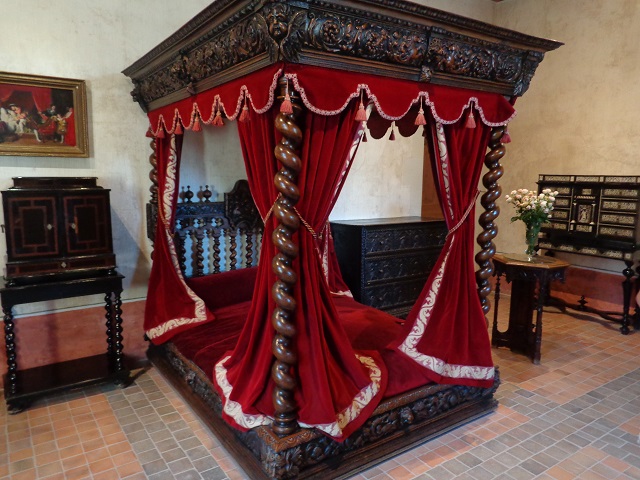
Some of you may know of an 1818 painting titled ‘The Death of Leonardo da Vinci’ by French artist Jean Auguste Dominique Ingres, who had painted the da Vinci on his death bed with King François I by his side. While the room is the exact room, in reality, the situation was different. In fact, at the time of Leonardo’s death, the King was elsewhere celebrating the birth of his second son Henry II (the one who married Catherine de’ Medici), whom, upon the news of the death of da Vinci, grieved in deep sorrow.
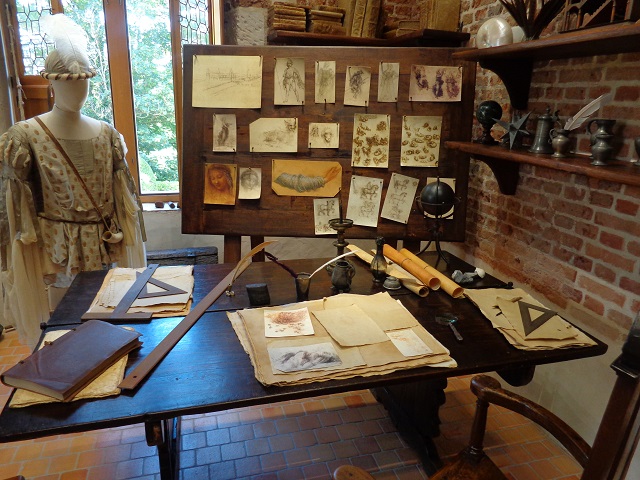
Outside the Chateau, the gardens of Clos Luce is now a playground for all things invented by Leonardo da Vinci. Engineers and artists took his drawings and made many of the objects according to the original instructions. From a simple paddle boat to military machines, this is a fascinating world of inventions where you could really see their modern relevance.
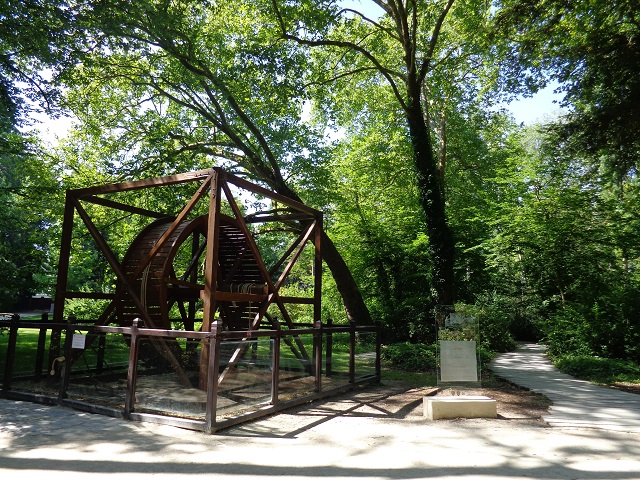
When visiting, do dine at the cute little Renaissance restaurant L’Auberge du Prieuré for a dining experience with Renaissance style wines and recipes.
Chateaux of the Loire
Other than da Vinci’s residence, the Loire Valley is famous for a large concentration of Chateaux, all very elegant and beautiful, most were either renovated or built during the Renaissance period, making them wildly extravagant, creating places for the aristocrats to flaunt their wealth and power.
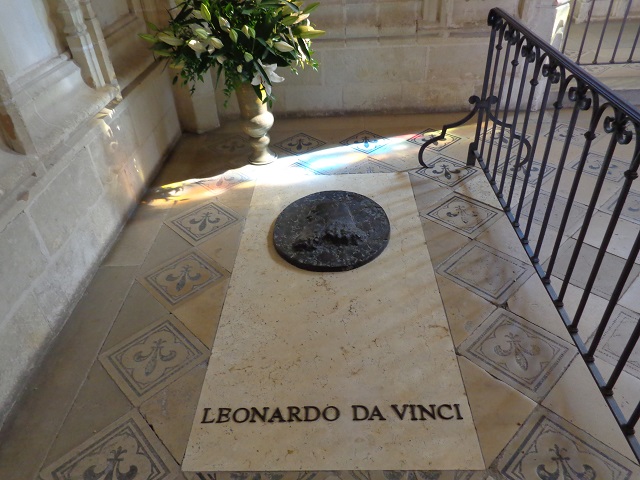
The Royal Chateau of Ambroise is an obvious destination for those visiting to celebrate Leonardo da Vinci, for he is buried in the Chapel of Saint-Hubert on the Chateau grounds. This was the main residence of the King and what a beautiful royal home it is. Visit the castle with what they call a ‘Histopad’ – where the different halls and rooms transform to their former glory through the lenses of an iPad. Do get up to the roof or on one of the chateau’s terraces to admire the Loire and the surrounding town. Ambroise is particularly beautiful at sunset!
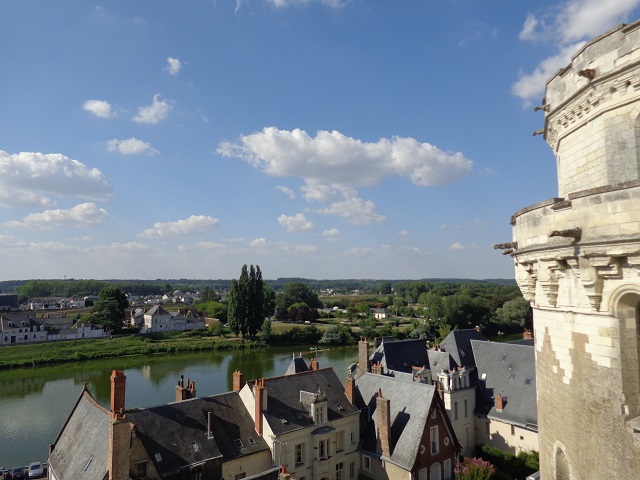
One of the most significant is Chateau de Chambord, built to show off and hold plenty of summer parties but its 440 rooms were never lived in! The feature of this chateau is the central spiral staircase. While it was never proven if this is one of da Vinci’s designs, a similar spiral drawing was found in the master’s notebook that it is certain at least, the staircase was inspired by da Vinci.

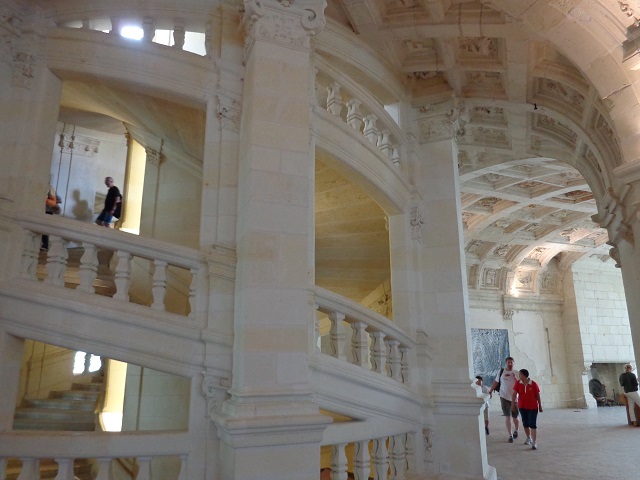
Then, you have Loire Valley’s most visited chateau, Chateau de Chenonceau. Built like a half bridge across the river, with a well maintained beautiful garden to admire, its popularity is not a surprise. Go early in the morning or late afternoon to savour a quieter visit.

For an entertaining way of learning about the relationships, scandals and drama of French royal history, the sound and light show program projected across the four corners of the inner courtyard at Chateau Royal de Blois will wow you. The show content is translated into 9 languages through an audio device so no one can miss out on any juicy details of each historic episode.
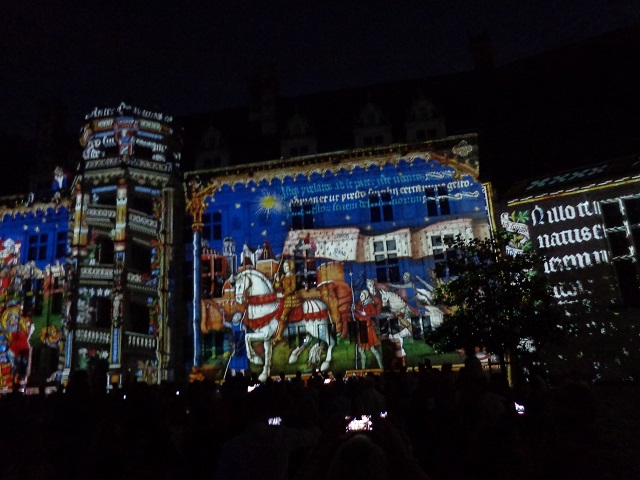
But of course, there are 42 chateaux in the Loire Valley, you couldn’t possibly visit them all (or could you?). There are some smaller chateaux just as beautiful and less crowded should you wish to get slightly off the beaten path. Try the ‘floating’ Chateau d’Azay-Le-Rideau and fairy-tale like Chateau d’Usse and Chateau de Sully. All just as beautiful and worth visiting.
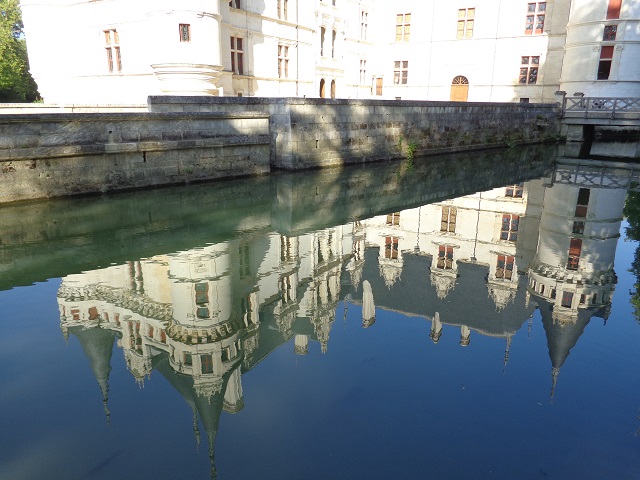
On top of all these sightseeing, you could even attend a Renaissance ball at Ambroise!
Da Vinci’s Paintings in France
If you have ever wondered by the Mona Lisa is in France rather than Italy: when Leonardo came to France, it was documented that the master had brought three unfinished paintings with him: a portrait of a Florentine lady, a young St. John the Baptist, and Virgin and Child with St Anne. The first became the Mona Lisa, and when Leonardo passed away, his disciple Salai may either have offered the paintings to the king (or, historians claim that perhaps it was sold to the king, for a large sum of revenue inventory in Salai’s books in 1518 was unaccounted for – but of course, one never sells anything to a king, but only to offer, therefore, this is still debated in academia…)
That is a very short version of the reason why, all three painting have been in the possession of Musee du Louvre in Paris since the early 16th Century.
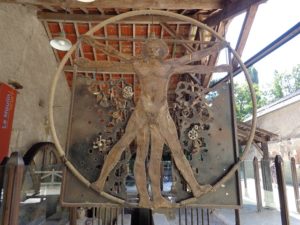

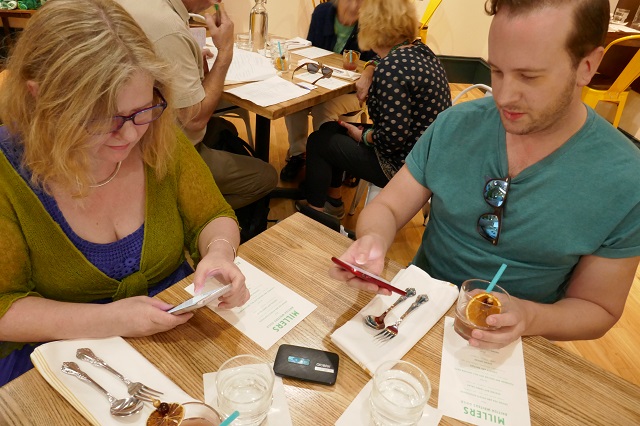 Make friends travelling? Be the hot spot
Make friends travelling? Be the hot spot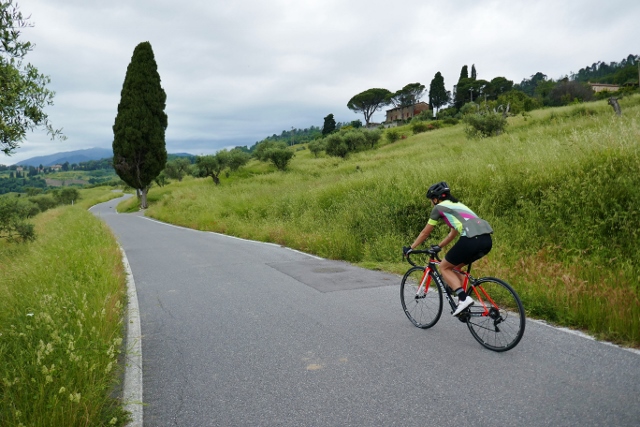
Share your thoughts below!